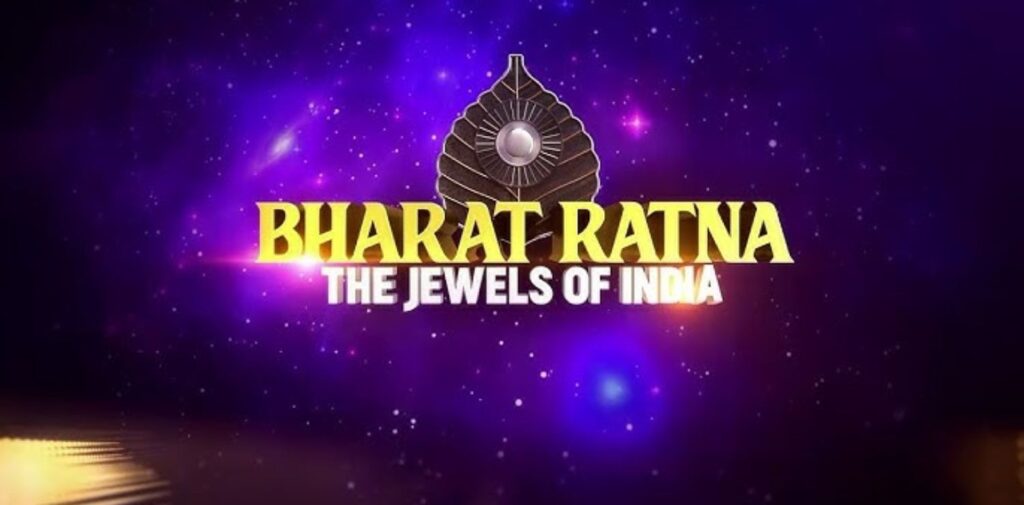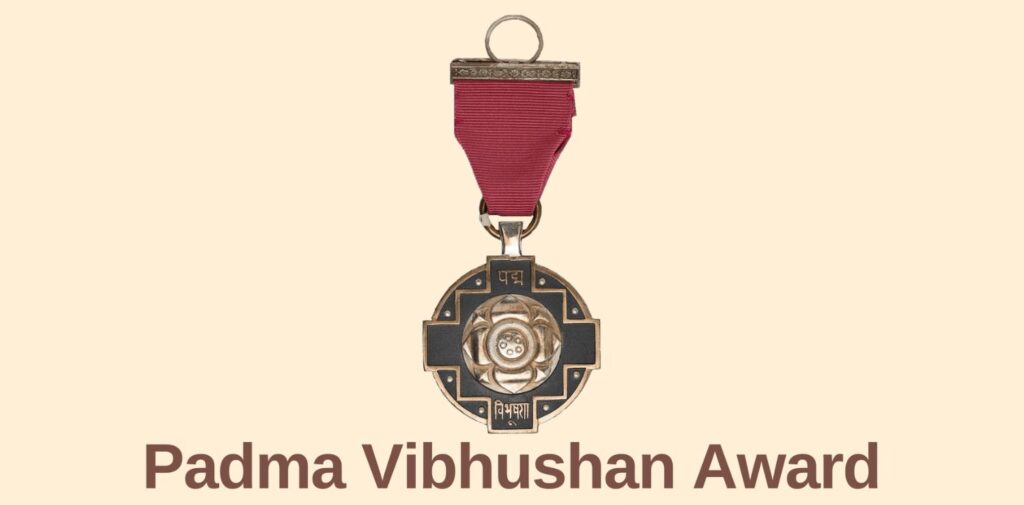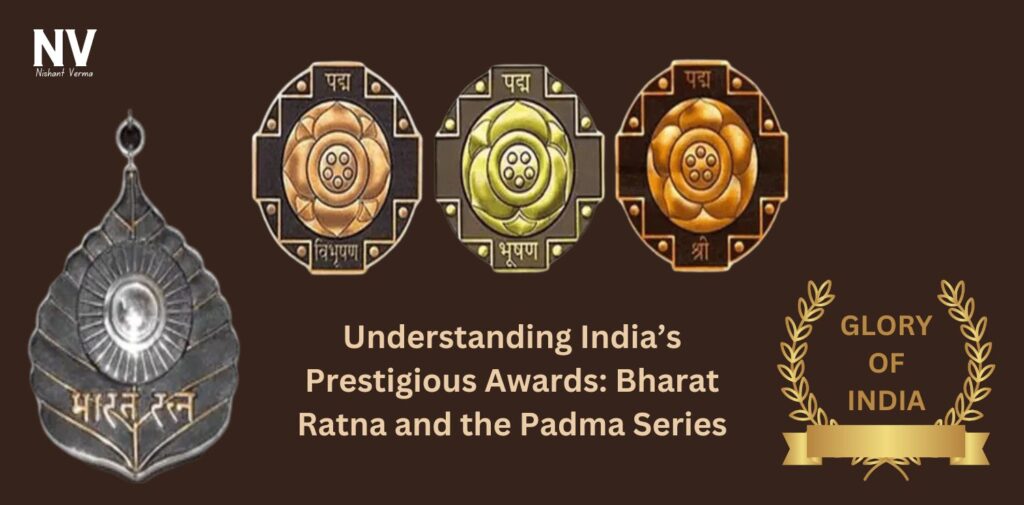India is a nation rich in culture, diversity, and achievements. To honour individuals who have made significant contributions to the country, the Government has established several India prestigious awards. Among these, the Bharat Ratna, Padma Vibhushan, Padma Bhushan, and Padma Shri stand out as symbols of excellence. This article delves into each of these honours, exploring their history, significance, and the impact they have on society.
The Bharat Ratna: The Jewel of India
Origins and History
The Bharat Ratna, which translates to “Jewel of India,” is the highest civilian award in the country. It was established on January 2, 1954, by the then-President of India, Dr Rajendra Prasad. The award was initially created to recognize exceptional service in any field of human endeavour.
Criteria for Selection
The criteria for receiving this award are broad, allowing for recognition of contributions across various sectors, including:
- Arts
- Literature
- Science
- Public Service
- Social Work

Notable Recipients
Some of the most distinguished personalities have received this prestigious award:
- C. V. Raman: The famous physicist known for his work on light scattering.
- Mother Teresa: Celebrated for her humanitarian work and efforts towards the welfare of the poor.
- Baba Saheb Ambedkar: A key figure in drafting the Indian Constitution and championing social justice.
Significance of the Award
This award is more than just a title; it is a testament to a person’s dedication and service to the nation. It inspires future generations to contribute positively to society.
The Padma Awards: Recognizing Excellence in Various Fields
The Padma Awards, which include Padma Vibhushan, Padma Bhushan, and Padma Shri, were introduced in 1954 and are conferred annually. They honour individuals for their exceptional contributions in fields like arts, literature, education, science, sports, and social service.
Padma Vibhushan: The Second Highest Civilian Award
History and Overview
The Padma Vibhushan is the second-highest civilian award in India, instituted in 1954. It is awarded for exceptional and distinguished service in any field.
Criteria for Selection
The award is given based on the following criteria:
- Contribution to the nation.
- Recognition in a specific field of work.
- Achievements that have a lasting impact.

Notable Recipients
Some prominent recipients of this award include:
- Satyajit Ray: Renowned filmmaker who received the award posthumously for his contributions to cinema.
- Pandit Ravi Shankar: A legendary sitar maestro recognized for his role in popularizing Indian classical music worldwide.
Importance of the Padma Vibhushan
This symbolizes excellence and acknowledges the profound impact of individuals in their respective fields. It encourages others to strive for greatness.
Padma Bhushan: A Step Below
History and Overview
The Padma Bhushan, established alongside the Padma Vibhushan, is the third-highest civilian award in India. It is awarded for distinguished service of a high order in any field.
Selection Criteria
Similar to the other Padma awards, this award is based on:
- Outstanding contributions to specific fields.
- Significant achievements that benefit society.
Notable Recipients
Noteworthy individuals who have received this award includes:
- Dr. B. R. Ambedkar: Posthumously awarded for his monumental work in social justice.
- Ratan Tata: Recognized for his contributions to business and philanthropy.
Significance of the Padma Bhushan
This award serves as an encouragement for individuals to excel in their professions, fostering a culture of recognition and appreciation.
Padma Shri: The Starting Point of Recognition
History and Overview
This award is the fourth-highest civilian award in India, instituted in 1954. It acknowledges the contributions of individuals in various fields.
Criteria for Selection
The Padma Shri is awarded for:
- Notable achievements in arts, education, social work, science, and sports.
- Contributions that improve community welfare.

Notable Recipients
Some celebrated recipients include:
- A. P. J. Abdul Kalam: Renowned scientist and former President of India, recognized for his contributions to aerospace engineering.
- Zakir Hussain: A celebrated tabla player, honoured for his musical contributions.
Importance of the Padma Shri
This award serves as a motivation for many, providing recognition at a grassroots level and promoting the idea of social responsibility.
The Process of Selection
Nomination and Review
The process for these awards involves several stages:
- Nomination: Individuals can be nominated by others or can self-nominate.
- Review: A committee reviews the nominations, considering various factors, including the individual’s contributions and achievements.
- Final Decision: The President of India ultimately confers the awards based on the committee’s recommendations.
Transparency and Integrity
The selection process aims to be transparent and maintains high standards to ensure that the most deserving individuals receive recognition.
The Impact of These Awards on Society
- Inspiration and Motivation: Receiving these awards serves as a significant source of inspiration for many. The stories of the recipients encourage individuals, especially the youth, to aspire for excellence in their respective fields.
- Cultural Recognition: These awards also promote cultural awareness and appreciation. They highlight the rich diversity of talents in India, showcasing achievements across various sectors.
- Social Responsibility: By recognizing contributions to social causes, these awards instil a sense of social responsibility in citizens, urging them to contribute to community welfare.
Conclusion: Honoring Excellence in India Prestigious Awards
The Bharat Ratna and the Padma series of awards are vital in acknowledging and honouring those who have made significant contributions to the nation. These awards symbolize excellence, inspire future generations, and promote a culture of appreciation and recognition in India. Each recipient’s story serves as a beacon of hope and motivation, encouraging others to strive for greatness in their pursuits. Through these honours, India celebrates its heroes, fostering a sense of pride and unity among its citizens.




